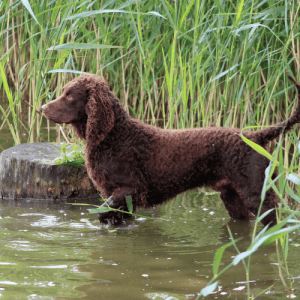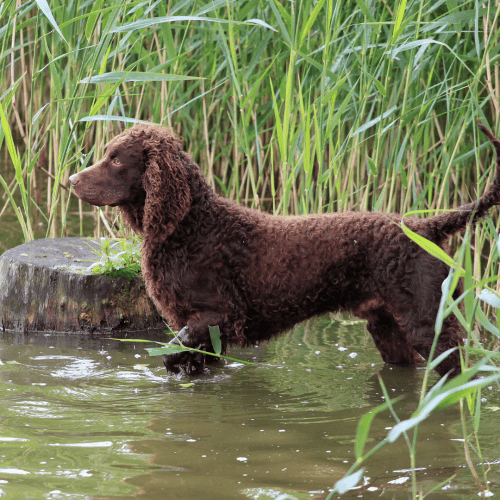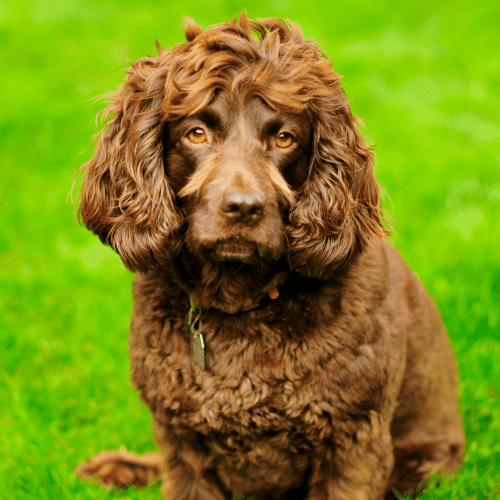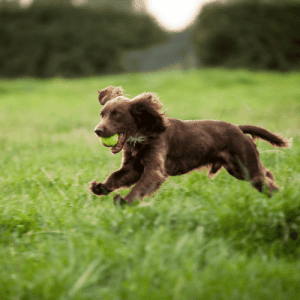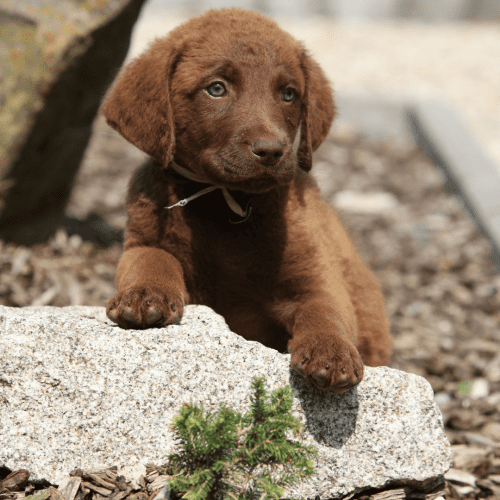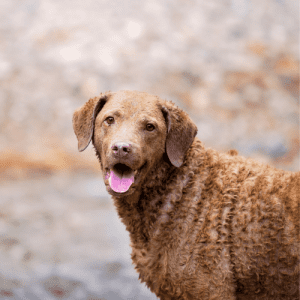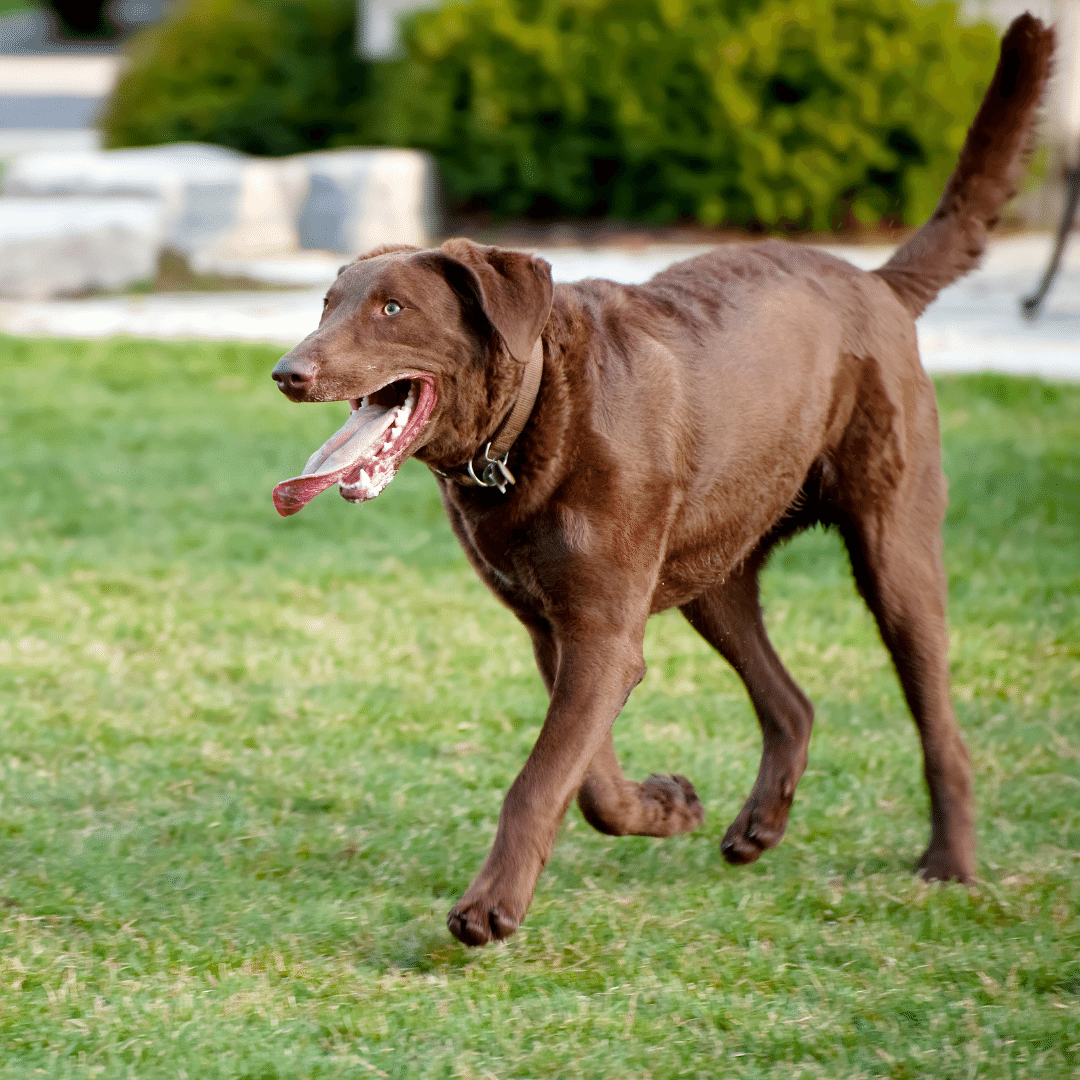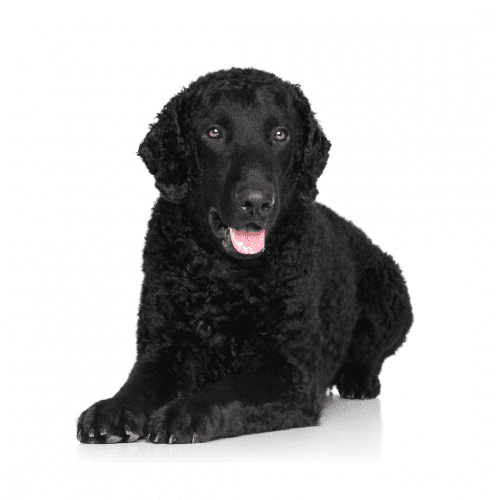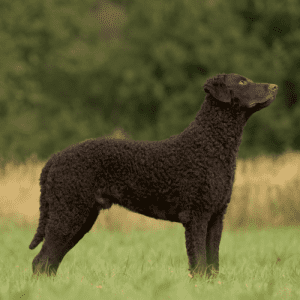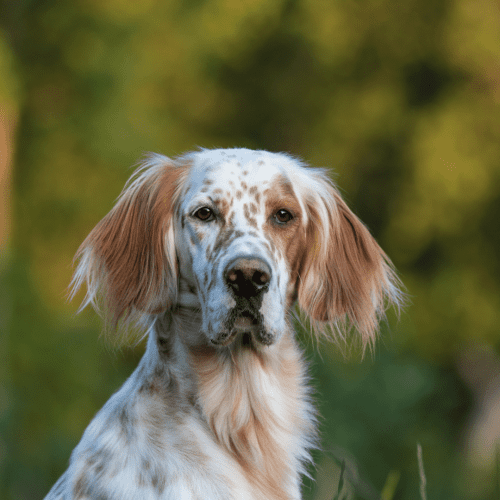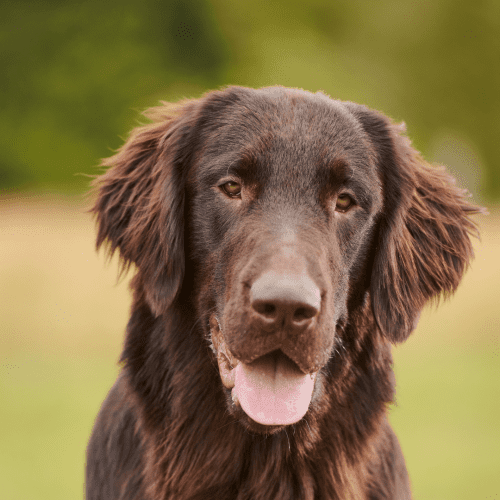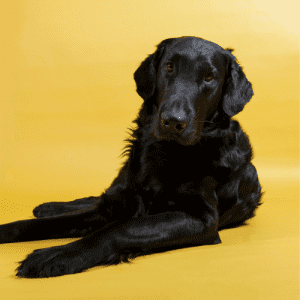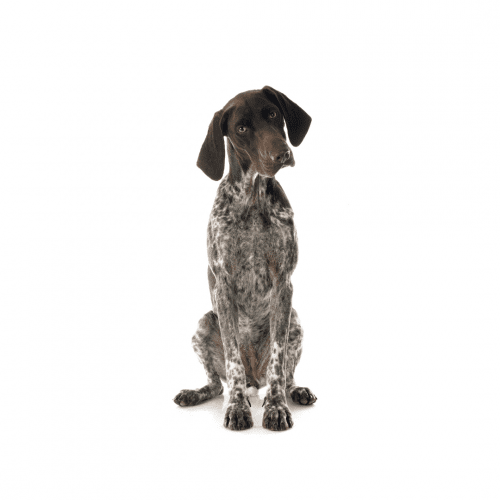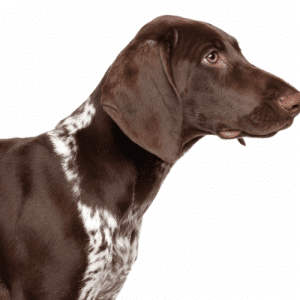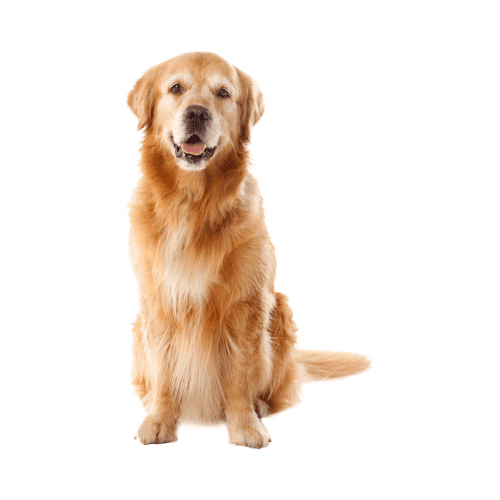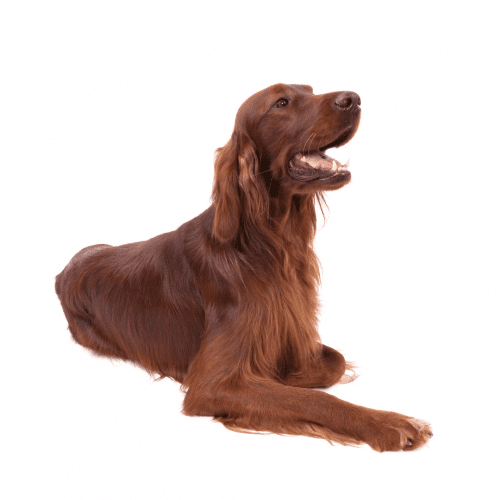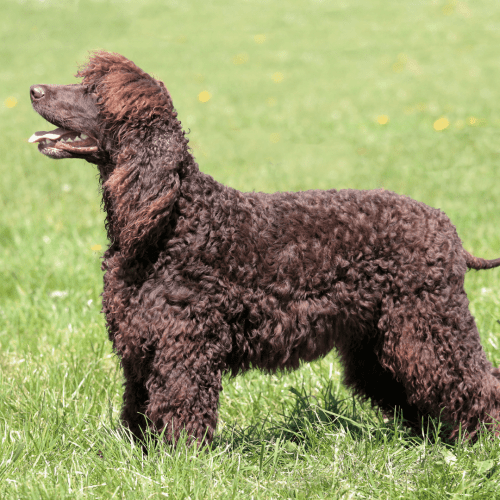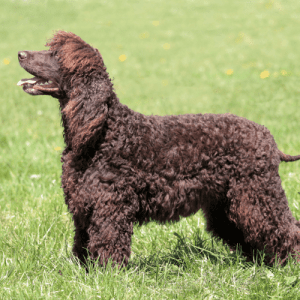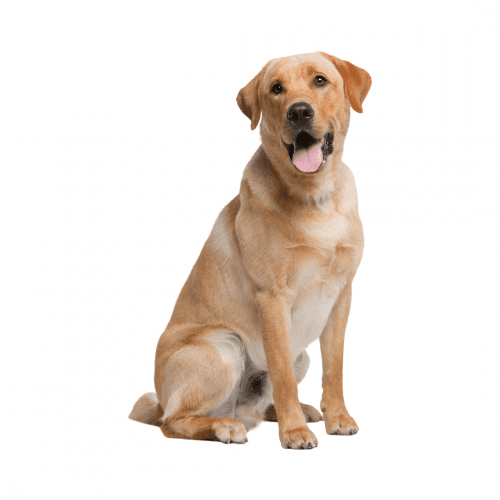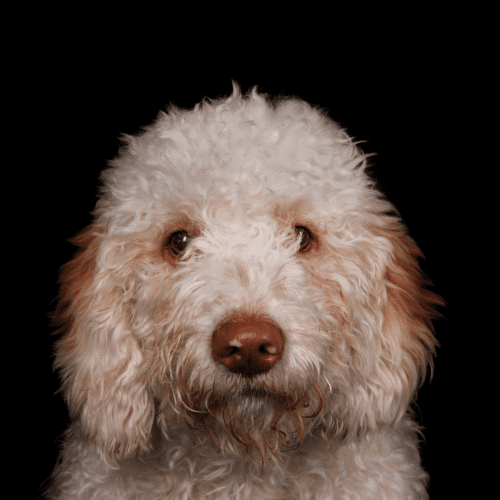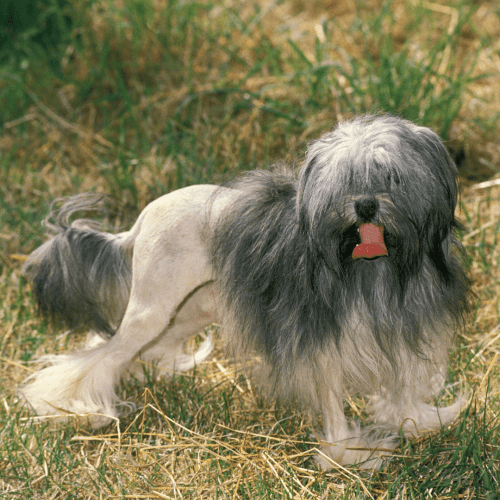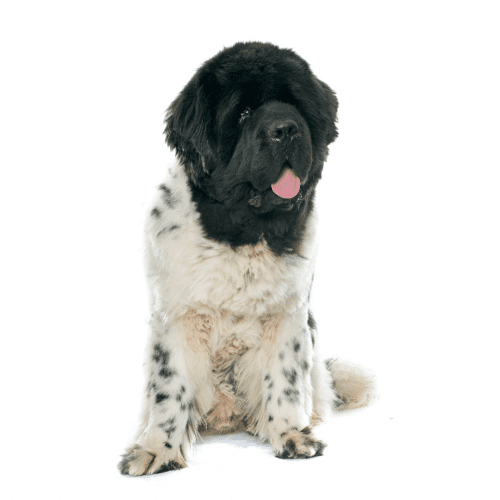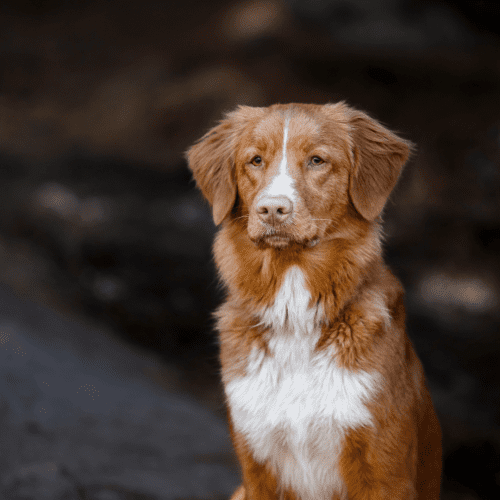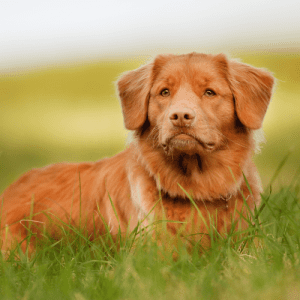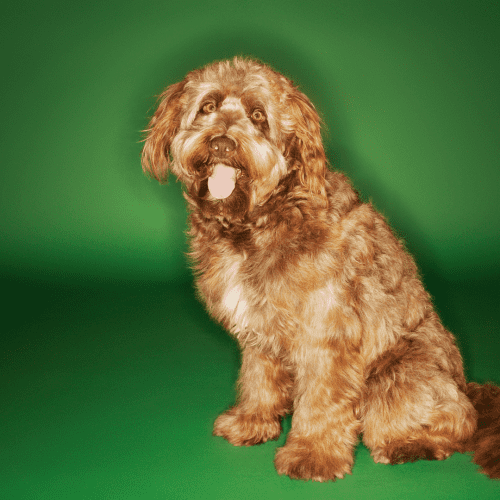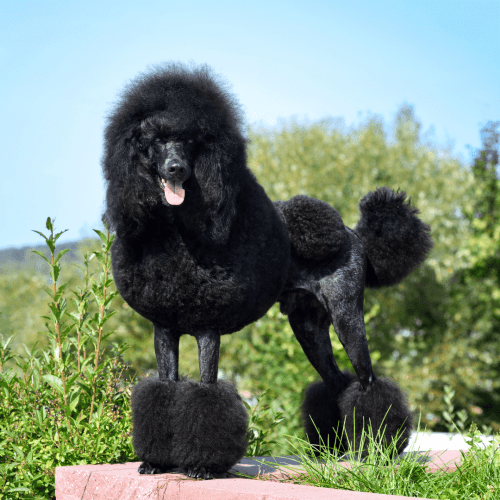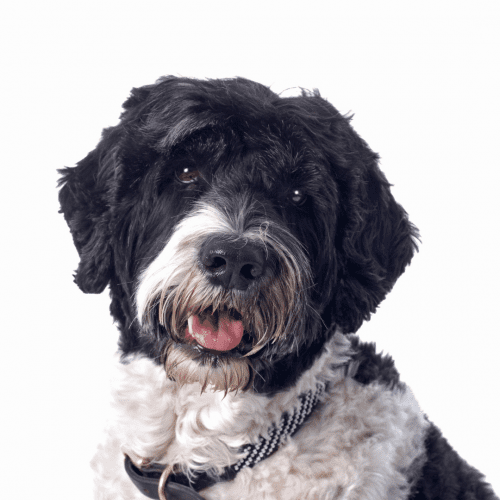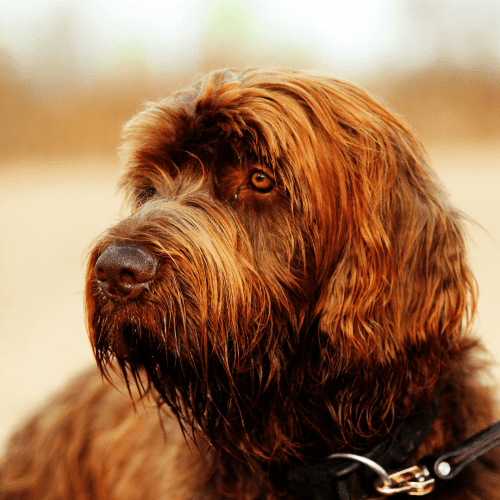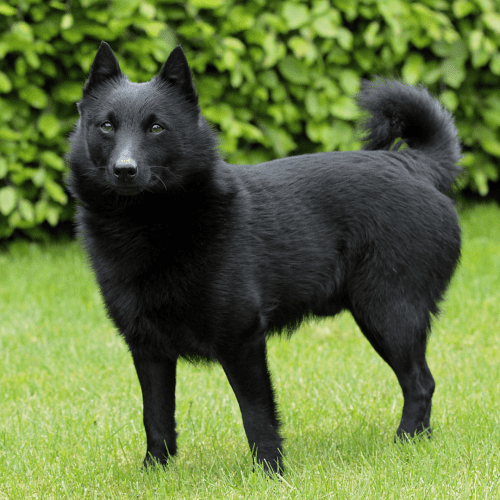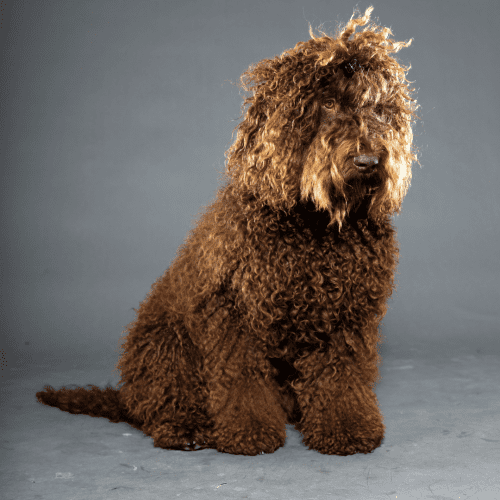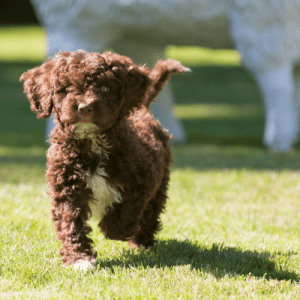Water dogs are dogs who exhibit natural behaviors and tendencies associated with being near or in water. Water dogs tend to be very good swimmers, and love retrieving balls or other objects from the water. Featured below are some of the best water dog breeds.
The water dog breed refers to a specific group of canine breeds that excel in water-based activities and have been historically bred for tasks such as retrieving, swimming, and hunting in aquatic environments. These breeds typically possess specific characteristics that make them well-suited for water-related tasks. They often have a water-repellent double coat, webbed feet for efficient swimming, and a strong, muscular build. Additionally, their temperament is usually friendly, intelligent, and eager to please, which makes them highly trainable for water-based activities.
Training water dog breeds involves teaching them basic obedience commands, as well as specialized skills such as retrieving objects from water or working with boats. Positive reinforcement methods are often used, as these breeds respond well to praise and rewards. It is also essential to provide mental and physical stimulation to keep them engaged and prevent boredom.
In terms of health, water dog breeds are generally robust and have good overall health. However, they may be prone to certain conditions, such as hip dysplasia or ear infections, due to their frequent exposure to water. Regular veterinary check-ups, proper grooming, and a balanced diet can help maintain their health and wellbeing.
Some popular water dog breeds include the Labrador Retriever, Golden Retriever, Chesapeake Bay Retriever, Portuguese Water Dog, and Newfoundland. These breeds have gained popularity due to their versatility, intelligence, and excellent swimming abilities, making them ideal companions for water-based activities such as hunting, water sports, or search and rescue operations.
Water dog breeds stand apart from other dog breeds due to their exceptional abilities in water-based activities. What makes water dogs unique is their natural affinity for water and their specialized physical characteristics that enable them to excel in aquatic environments.
The history of water dog breeds dates back centuries, with many of these breeds originally developed for specific roles in water-related tasks. For example, Labrador Retrievers were bred in Newfoundland to assist fishermen in retrieving nets and fish from the water. Portuguese Water Dogs were used by Portuguese fishermen to aid in herding fish into nets and retrieving lost gear. These breeds have a long-standing connection to water and have been valued for their loyalty, intelligence, and work ethic.
Today, water dog breeds continue to serve important roles in various capacities. They are often employed as search and rescue dogs, assisting in locating and retrieving people in water emergencies. They are also popular choices for water sports, such as dock diving and water retrieval competitions. Additionally, water dogs make excellent companions for individuals who enjoy swimming, boating, or other water-based activities.
Water dogs and their owners form a unique bond based on their shared love for water. Owners of water dogs often appreciate their breed’s energy, athleticism, and water-related skills. They provide their dogs with ample opportunities for exercise and mental stimulation in water environments, ensuring their wellbeing and fulfillment.
Several popular dog breeds are considered part of the water dog breed group due to their natural affinity for water and specialized abilities in aquatic activities. These breeds have a long history of working alongside fishermen and hunters, assisting in retrieving waterfowl and other game from bodies of water. The origin of water dog breeds can be traced back to different regions, such as Portugal, Newfoundland, and Ireland.
These water-loving breeds share certain characteristics that make them well-suited for aquatic activities. They typically have water-repellent coats, webbed feet, and strong swimming abilities. Their physical attributes, combined with their intelligence and trainability, make them excellent candidates for water-related tasks.
Training is an essential aspect when it comes to water dog breeds. They require consistent and positive reinforcement training to develop their skills and ensure their safety in water environments. Proper training helps them understand commands and enhances their ability to perform tasks effectively.
In terms of temperament, water dog breeds are known for their friendly and outgoing nature. They are often sociable and enjoy spending time with their human companions. They are also generally good with children and other pets, making them ideal family pets.
Some popular water dog breeds include the Labrador Retriever, Golden Retriever, Chesapeake Bay Retriever, Portuguese Water Dog, and Newfoundland. These breeds have gained popularity not only for their water-related abilities but also for their loyalty, intelligence, and adaptability. Each breed has its unique traits, but they all share a common love for water and a willingness to work.
Water dog breeds have origins in different regions, such as Portugal, Newfoundland, and Ireland. These breeds were specifically developed to assist fishermen and hunters with various water-related tasks.
The Portuguese Water Dog originated in Portugal and has a rich history of working alongside fishermen, herding fish into nets, retrieving lost tackle, and even acting as messengers between boats.
Similarly, the Newfoundland, a large and powerful breed, hails from Newfoundland, Canada. They were bred to assist fishermen in water rescues and pulling nets.
In Ireland, the Irish Water Spaniel was developed as a versatile hunting and retrieving dog. With its unique curly coat and webbed feet, it excels in water work, including retrieving game from lakes and rivers.
The characteristics of these water dog breeds reflect their origins. They typically have waterproof coats, webbed feet for efficient swimming, and a strong desire to be in and around water. Due to their history as working dogs, they are highly trainable and have a strong work ethic. Their popularity as family pets has also grown due to their intelligence, loyalty, and affectionate nature.
Training these water dog breeds requires consistent and positive reinforcement methods. They are eager to please and excel in obedience training, agility, and even water sports such as dock diving. Their versatility and adaptability have contributed to their continued popularity as both working and companion dogs.
Water dog breeds have long served as valuable working partners to humans, assisting in a wide range of tasks both on land and in water. These breeds are highly trainable and have been utilized in various roles by humans throughout history.
One of the most common uses of water dog breeds is in water rescue operations. Their natural swimming ability and strong retrieving skills make them ideal for locating and rescuing individuals in distress in bodies of water. These dogs are trained to respond to commands and navigate through challenging water conditions to save lives.
Water dog competitions are another way in which these breeds are utilized. These events showcase the athleticism and skills of water dogs, testing their swimming, retrieving, and obedience abilities. These competitions not only provide entertainment but also serve as a platform to promote the working capabilities of these breeds.
Therapy water dogs are also becoming increasingly popular. These dogs are trained to provide comfort and emotional support to individuals with physical or mental health conditions. They visit hospitals, nursing homes, and rehabilitation centers, bringing joy and companionship to those in need.
Proper health care is crucial for water dog breeds, given their active lifestyle. Regular veterinary check-ups, proper nutrition, and exercise are essential to maintain their overall wellbeing and prevent common health issues associated with water activities.
People from various walks of life connect with water dog breeds for different reasons. There are different types of water dog breed owners, including outdoor enthusiasts, active individuals, families with children, and those who live near bodies of water. These owners are drawn to water dog breeds because of the many benefits they offer.
Owning a water dog breed comes with numerous advantages. These breeds are known for their exceptional swimming abilities, making them ideal companions for water activities such as boating, fishing, and swimming. They are also highly trainable and excel in activities like dock diving, water rescue, and retrieving game. Water dog breeds are often praised for their friendly and sociable nature, making them perfect for families with children.
Training water dog breeds requires a patient and consistent approach. Basic obedience training is essential to ensure they respond to commands both on land and in the water. Incorporating positive reinforcement techniques, such as treats and praise, can be highly effective. It is also recommended to provide mental and physical stimulation through activities like puzzle toys and daily exercise.
Famous water dog breed owners include former US President Barack Obama, who owned a Portuguese Water Dog named Bo. This breed gained popularity after becoming the First Family’s pet. Other notable water dog breed owners include celebrities like Jennifer Aniston and George Clooney.
There are various activities that can be enjoyed with water dog breeds. These include water sports like paddleboarding, kayaking, and surfing. Water dog breeds also enjoy playing fetch with water toys or participating in water-based competitions such as dock diving and water trials. Regular exercise and mental stimulation are essential to keep these breeds happy and healthy.
Water dog breeds are known for their versatility and adaptability, making them suitable for a wide range of lifestyles and activities. These breeds, such as the Labrador Retriever and the Portuguese Water Dog, are highly intelligent and eager to please, which makes them relatively easy to train. In addition to their unique characteristics, water dogs require some additional training to ensure they can excel in their specific roles.
However, their energetic temperament traits mean they need plenty of exercise to keep them physically and mentally stimulated. Regular exercise not only helps maintain a healthy weight but also prevents boredom and destructive behavior. It is important to note that water dog breeds may be prone to certain health considerations, such as hip dysplasia or ear infections, due to their love for water activities. Therefore, routine veterinary care and regular grooming are essential to keep them in optimal health. Grooming needs can vary depending on the breed, but generally, water dogs have thick coats that require regular brushing and occasional professional grooming to prevent matting and maintain the health of their skin and coat.
